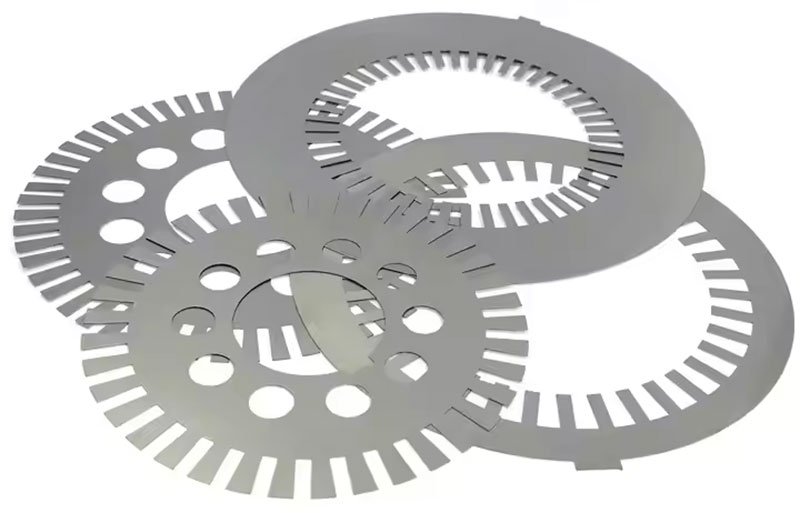1. Vaporization cutting:
Under the heating of a high-power density laser beam, the speed at which the surface temperature of the material rises to the boiling point temperature is fast enough to avoid melting caused by thermal conduction. As a result, some materials vaporize into steam and disappear, while others are blown away as ejecta from the bottom of the slit by auxiliary gas flow.

2. Melting cutting:
When the power density of the incident laser beam exceeds a certain value, the material inside the beam irradiation point begins to evaporate, forming holes. Once this small hole is formed, it will act as a blackbody to absorb all the energy of the incident beam. The small hole is surrounded by a molten metal wall, and then an auxiliary airflow coaxial with the beam takes away the molten material around the hole. As the workpiece moves, the small hole synchronously moves horizontally in the cutting direction to form a cutting seam. The laser beam continues to shine along the front edge of this slit, and the melted material is continuously or pulsatively blown away from inside the slit.
3. Oxidation melting cutting:
Melting cutting generally uses inert gas. If oxygen or other active gases are used instead, the material is ignited under the irradiation of the laser beam, and undergoes a fierce chemical reaction with oxygen to produce another heat source, which is called oxidation melting cutting. The specific description is as follows:
(1) The surface of the material is quickly heated to the ignition point temperature under the irradiation of a laser beam, and then undergoes a fierce combustion reaction with oxygen, releasing a large amount of heat. Under the action of this heat, small pores filled with steam are formed inside the material, surrounded by molten metal walls.
(2) The transfer of combustion materials into slag controls the combustion rate of oxygen and metals, and the speed at which oxygen diffuses through slag to reach the ignition front also has a significant impact on the combustion rate. The higher the oxygen flow rate, the faster the combustion chemical reaction and the removal of slag. Of course, the higher the oxygen flow rate, the better, because too fast a flow rate can lead to rapid cooling of the reaction products, namely metal oxides, at the cutting seam outlet, which is also detrimental to cutting quality.
(3) Obviously, there are two heat sources in the oxidation melting cutting process, namely laser irradiation energy and thermal energy generated by the chemical reaction between oxygen and metal. It is estimated that when cutting steel, the heat released by the oxidation reaction accounts for about 60% of the total energy required for cutting. It is evident that using oxygen as an auxiliary gas can achieve higher cutting speeds compared to inert gases.
(4) In the oxidation melting cutting process with two heat sources, if the combustion speed of oxygen is higher than the movement speed of the laser beam, the cutting seam appears wide and rough. If the laser beam moves faster than the combustion speed of oxygen, the resulting slit is narrow and smooth.
4. Control fracture cutting:
For brittle materials that are prone to thermal damage, high-speed and controllable cutting through laser beam heating is called controlled fracture cutting. The main content of this cutting process is: the laser beam heats a small area of brittle material, causing a large thermal gradient and severe mechanical deformation in that area, leading to the formation of cracks in the material. As long as a balanced heating gradient is maintained, the laser beam can guide cracks to occur in any desired direction.


